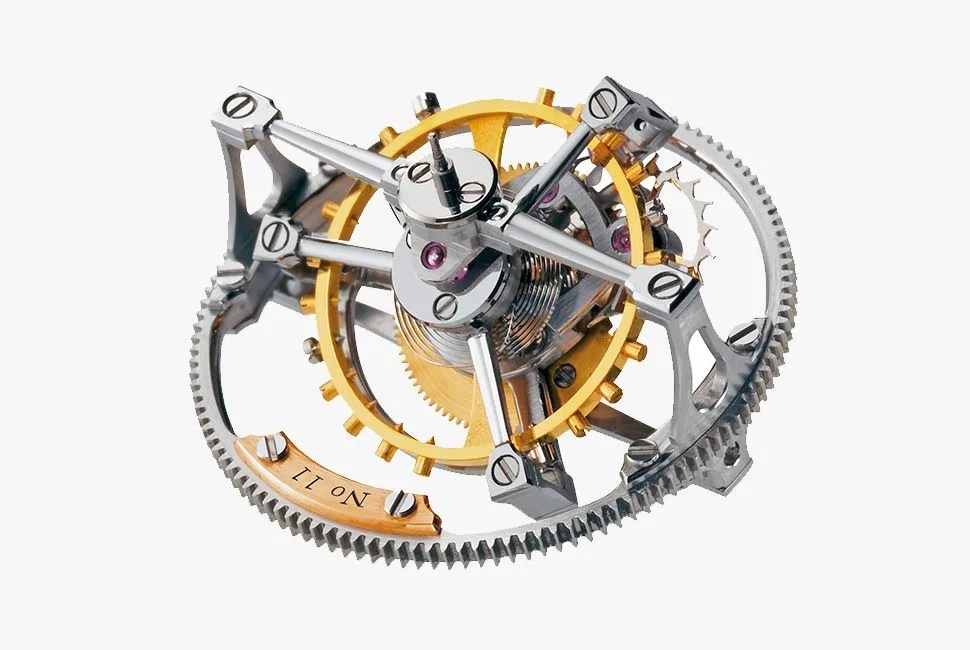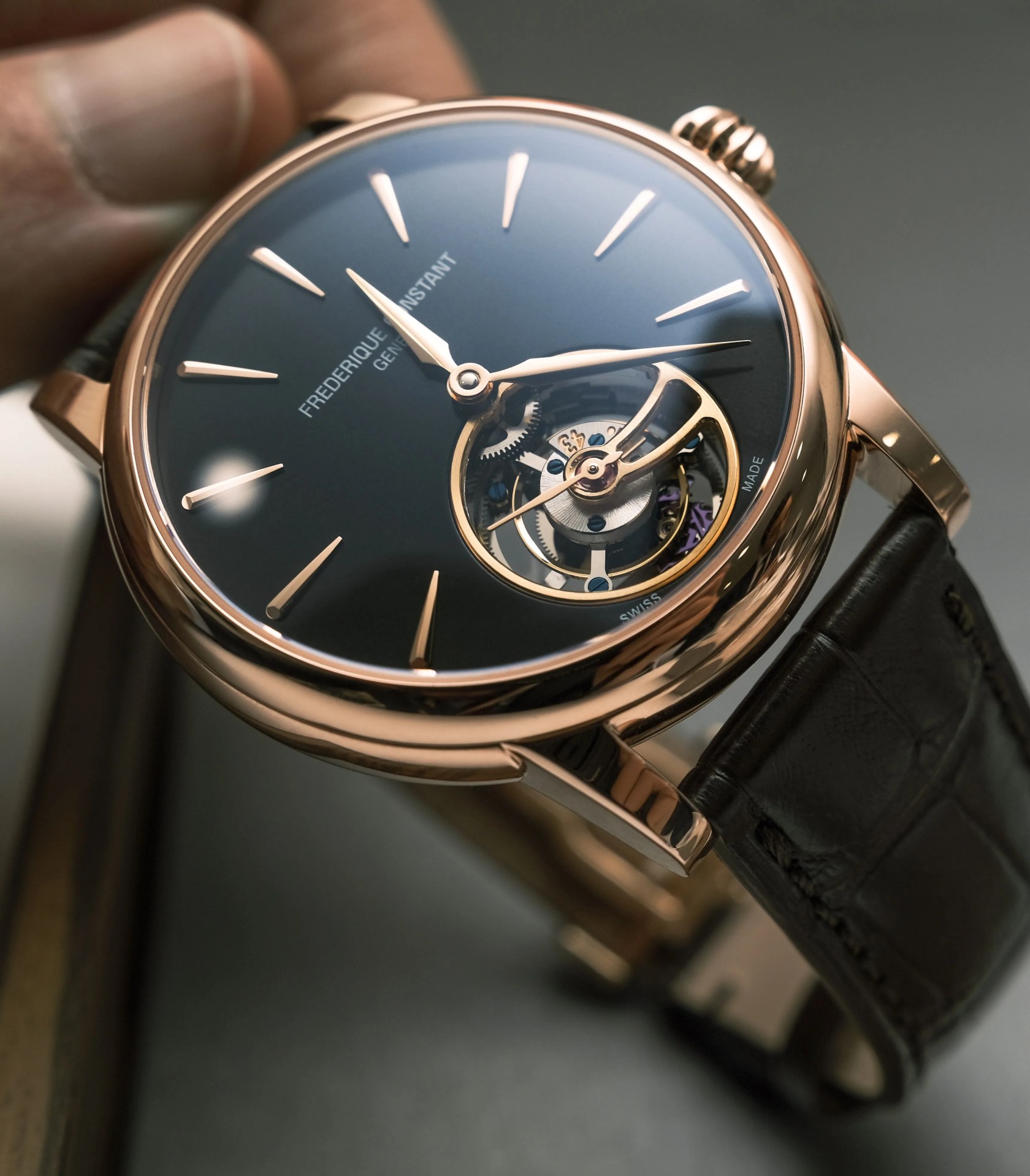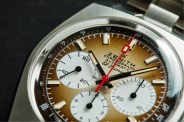There’s a curious contraption that you’ll find gracing the most expensive watches in the world. All at once useless, prestigious, controversial and dazzling, this is the extolled tourbillon — and even the cheapest examples of watches featuring it mostly cost well into five figures.
Many are fascinated by the motion of a mechanical watch’s balance wheel as it manically twitches back and fourth, regulating timekeeping. But the tourbillon takes that mechanism and its hypnotic animation and ups the ante (and complexity) by placing the oscillating wheel in a structure that simultaneously rotates it. Beguiling to behold, it’s considered the apex of watchmaking prowess and a symbol of opulence. Why? And what does it even do?
Tourbillon is French for “whirlwind.” Pronunciation is: /tuʁ.bi.jɔ̃/ like “tour bee yon” (not “tour billion”).
The Invention of the Tourbillon
In the late 1700s, famed watchmaker Abraham-Louis Breguet came to the realization that gravity was having ill effects on the accuracy of his timepieces. Horology at the time was confined to clocks and pocket watches, the latter of which were constantly stored vertically in the user’s pocket or horizontally on a table. Spending the majority of its time stuck in these orientations put strain on the hairspring inside the escapement, causing it to oscillate at an irregular rate, decreasing the accuracy of the watch.
Breguet’s solution was to create an escapement (the structure that regulates timekeeping and which you can often see oscillating through display casebacks even on basic mechanical watches) that was itself constantly in a state of motion. Given the name of the French word for “whirlwind,” the tourbillon housed the escapement in a rotating cage that, because of the constant motion, was intended to average out the effect of gravity when the watch was in different positions.






